Explore awe-inspiring Saudi Arabia
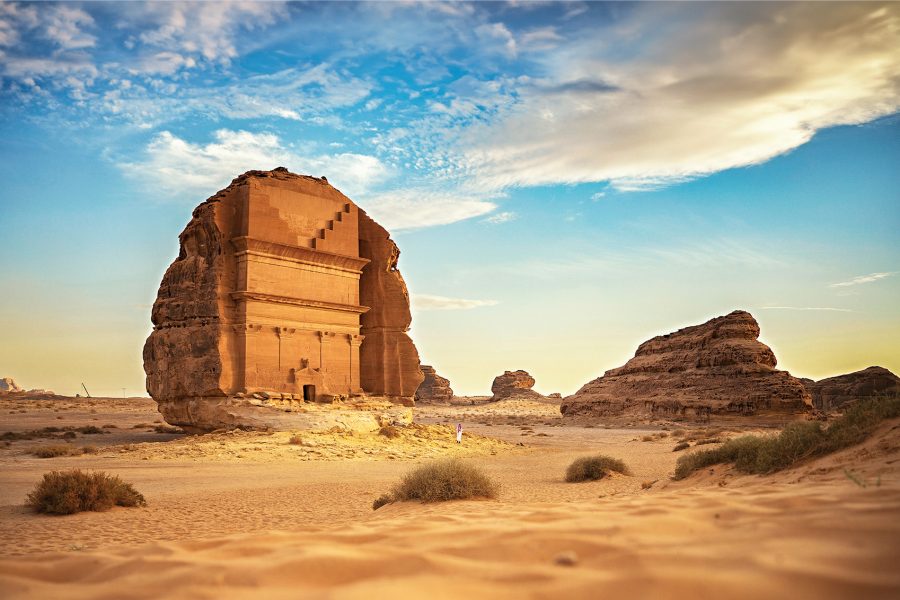
Saudi Arabia is often dismissed as a vast, unvaried desert where camels traipse lazily beneath the relentless sun, yet the reality of the kingdom is far more beguiling. The real Saudi Arabia unveils itself across sprawling palm grove oases nourished by crystalline artesian springs, white sand coastlines brimming with coral reefs, and dramatic mountain regions of dense, terraced slopes and cool highland air. Since opening its borders to tourists for the first time in 2019, the country has quickly surged in popularity.
With Cathay Pacific now offering direct flights to Riyadh from Hong Kong, exploring Saudi Arabia’s captivating landscapes has never been easier. Once you’ve explored the Saudi capital, these nine incredible places should be next on your list.
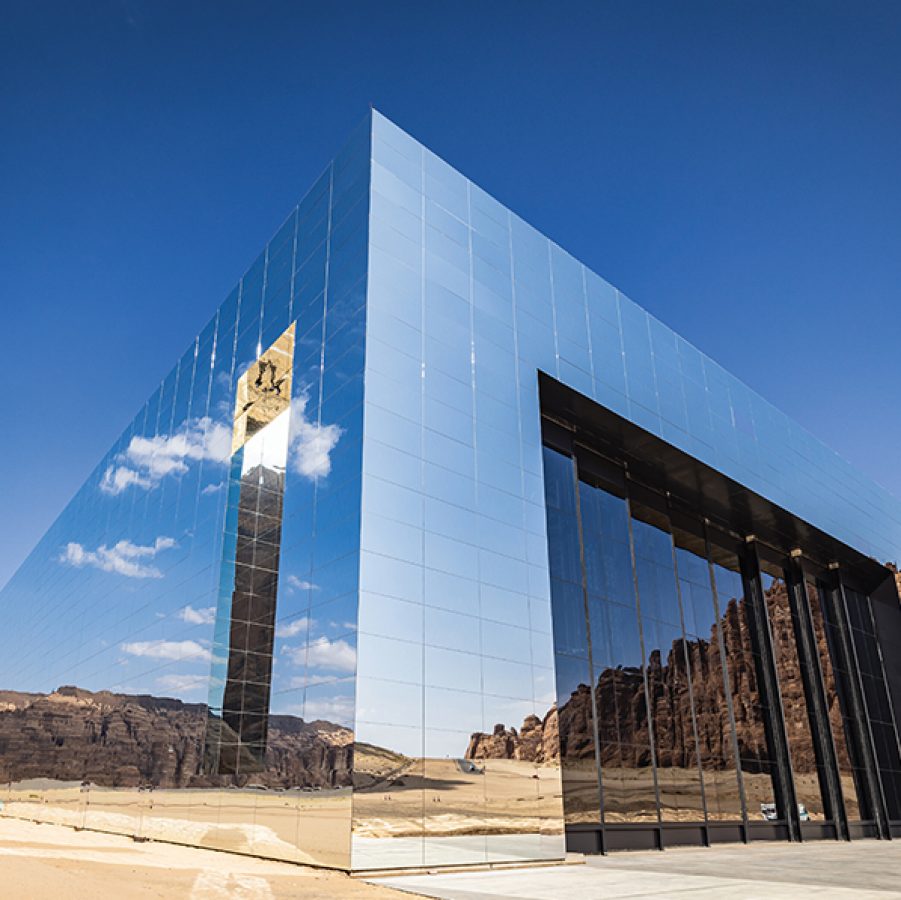
Credit: Emily M Wilson/Getty Images
1. Maraya Concert Hall
Amid the stunning desert landscape of the ancient sandstone city of AlUla, the Maraya Concert Hall , meaning “mirror” in Arabic, lives up to its name. Its façade is entirely covered in reflective panels that appear to vanish among the sand. This unique 500-seat venue, designed by architect Florian Boje, is the world’s largest mirrored building and hosts a variety of events and exhibitions throughout the year. It’s also home to the excellent rooftop restaurant Maraya Social by British chef Jason Atherton.

2. Sindalah island
As the world watches the US$500 billion Neom mega-project rise from the sands of northwestern Saudi Arabia, anticipation is growing for its first luxury island and yacht club. Spanning 84 hectares, Sindalah will be home to the kingdom’s first Four Seasons Resort, as well as properties from the Autograph Collection and Luxury Collection. A marina and yacht club by the azure waters of the Red Sea will be complemented by a sports club and beach club.
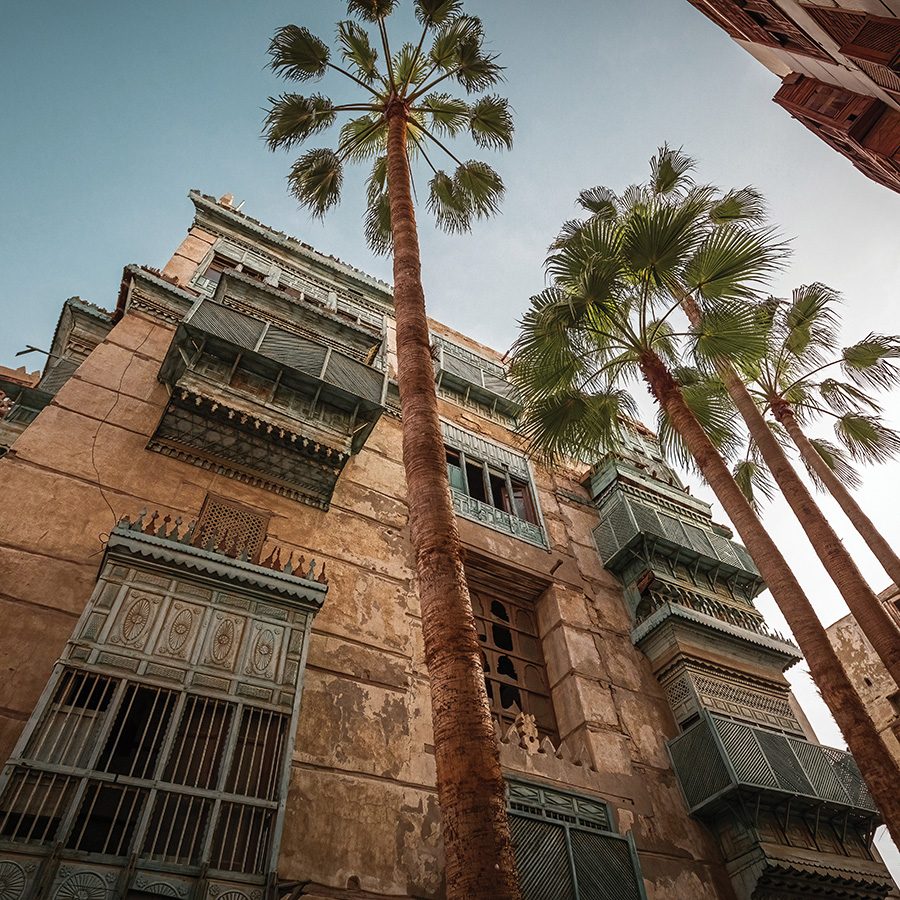
Credit: Natalia Milko/Getty Images
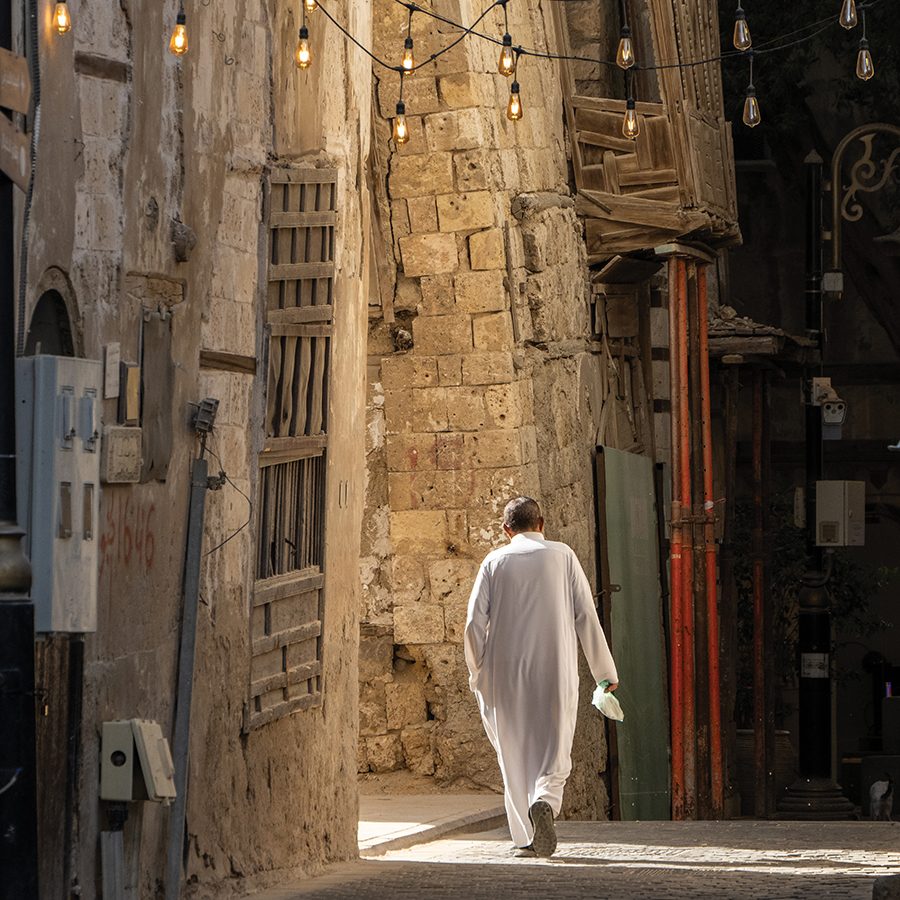
Credit: Paul Biris/Getty Images
3. Al-Balad
A vital trading hub since the seventh century, the labyrinthine alleyways of the Al-Balad district, Jeddah’s oldest, are flanked by pastel-painted coral-stone buildings with elaborately carved wooden balconies known as rawasheen. Nassif House, a beautifully restored mansion that once served as the residence of a prominent trading family, offers a fascinating look into the opulent lifestyle of Jeddah’s elite in the late 19th and early 20th centuries, and also serves as a cultural centre.
4. Hegra
This ancient city was the southern capital of the Nabataean Kingdom, a sister to the renowned Petra in Jordan. Saudi Arabia’s first Unesco World Heritage Site , it’s a series of monumental rock-cut tombs, intricately carved into the golden sandstone cliffs over 2,000 years ago, adorned with detailed inscriptions and symbolic motifs. Plush tented retreats nearby like the Banyan Tree and Our Habitas offer the chance to stay among the region’s dramatic canyons.
5. AlUla Old Town
With its alleyways, mud-brick houses and rich cultural heritage, AlUla Old Town offers a fascinating journey through time. The town dates to the sixth century, making it one of the oldest continuously inhabited places in the Arabian Peninsula. It’s crowned by AlUla Fort, a sentinel perched on a rocky outcrop that has watched over the town for centuries. Recent restoration efforts have breathed new life into the area.
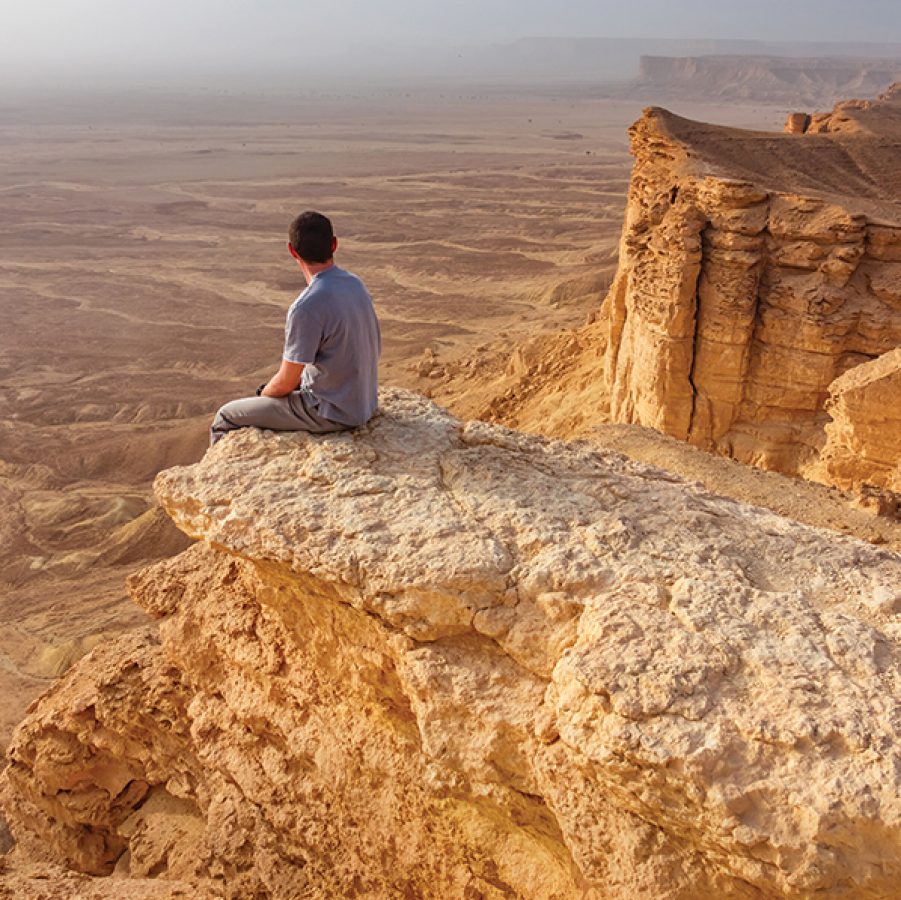
Credit: benedek/Getty Images
6. The Edge of the World
The Edge of the World – or Jebel Fihrayn as it is locally known – offers a breathtaking panorama that seems to stretch infinitely into the distance. This natural wonder is part of the Tuwaiq Escarpment, a monumental ridge that extends about 600km through the heart of Saudi Arabia. Here, the land plunges abruptly, giving visitors the sensation of standing on the precipice of the earth. The journey to the Edge of the World is an adventure in itself, traversing rugged desert terrain that eventually gives way to the awe-inspiring cliffs.
7. Al-Ahsa Oasis
As one of the largest natural oases in the world, Al-Ahsa spans 12,000 hectares, nourished by a network of hundreds of artesian springs that sustain an extraordinary variety of flora and fauna. Date palm groves dominate the landscape, with their fronds forming a dense canopy over rice fields, citrus orchards and vegetable gardens. The oasis has been a cradle of human civilisation for millennia – ruins of ancient settlements, forts and mosques dot the landscape.
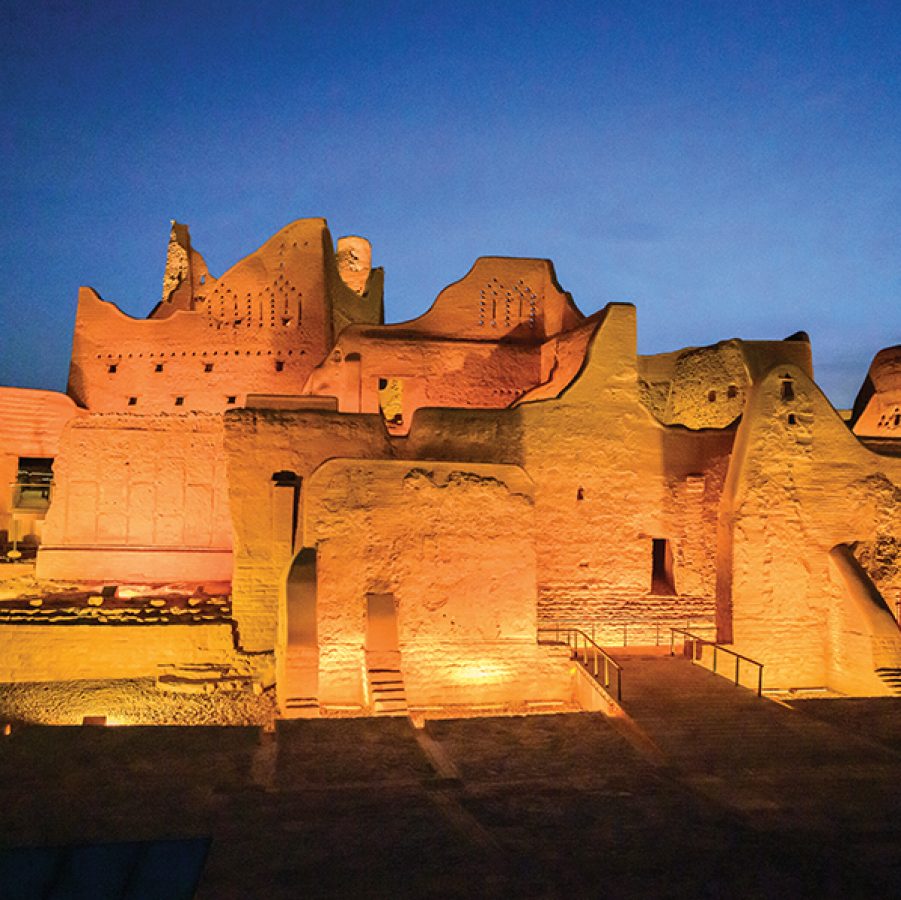
Credit: JohnnyGreig/Getty Images
8. Diriyah
On the outskirts of Riyadh, this historic town was once the seat of power for the Al Saud family and is the birthplace of the modern Saudi state. Along the banks of the Wadi Hanifa, Diriyah’s traditional mudbrick architecture lines the At-Turaif district, a Unesco World Heritage Site of imposing palaces and mosques. The ultra-trendy Bujairi Terrace features outposts of some of the world’s best restaurants, while the town is also a hotbed of cultural events.
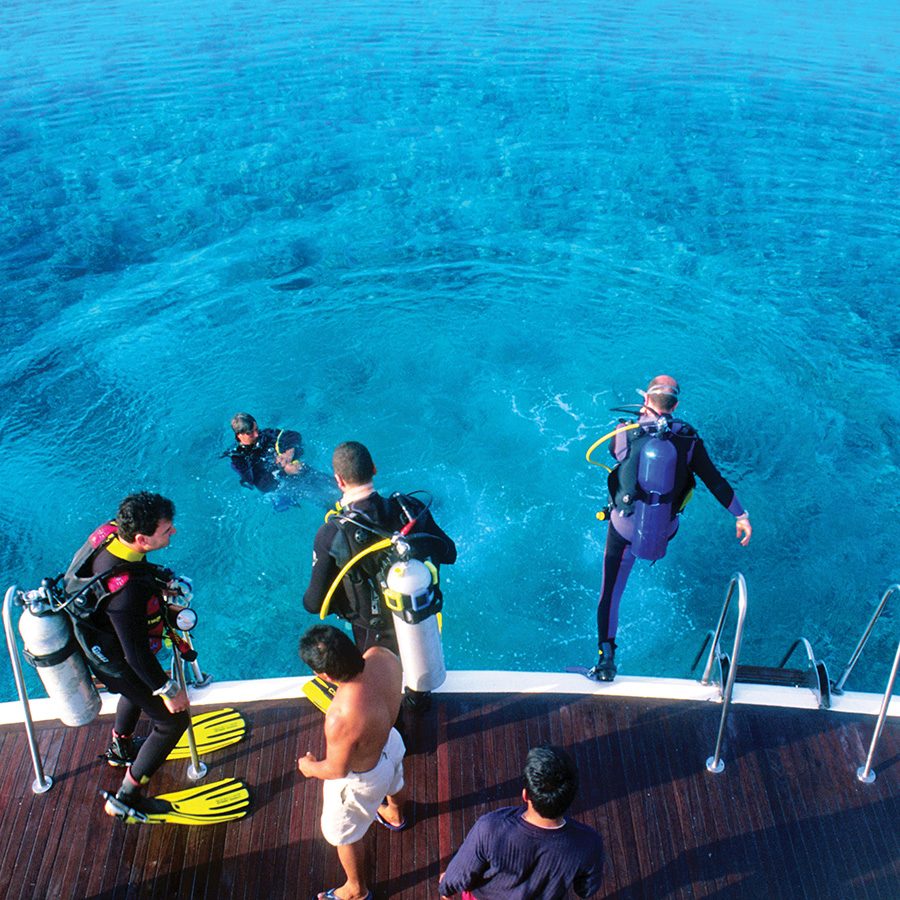
Credit: REDA&CO/Getty Images
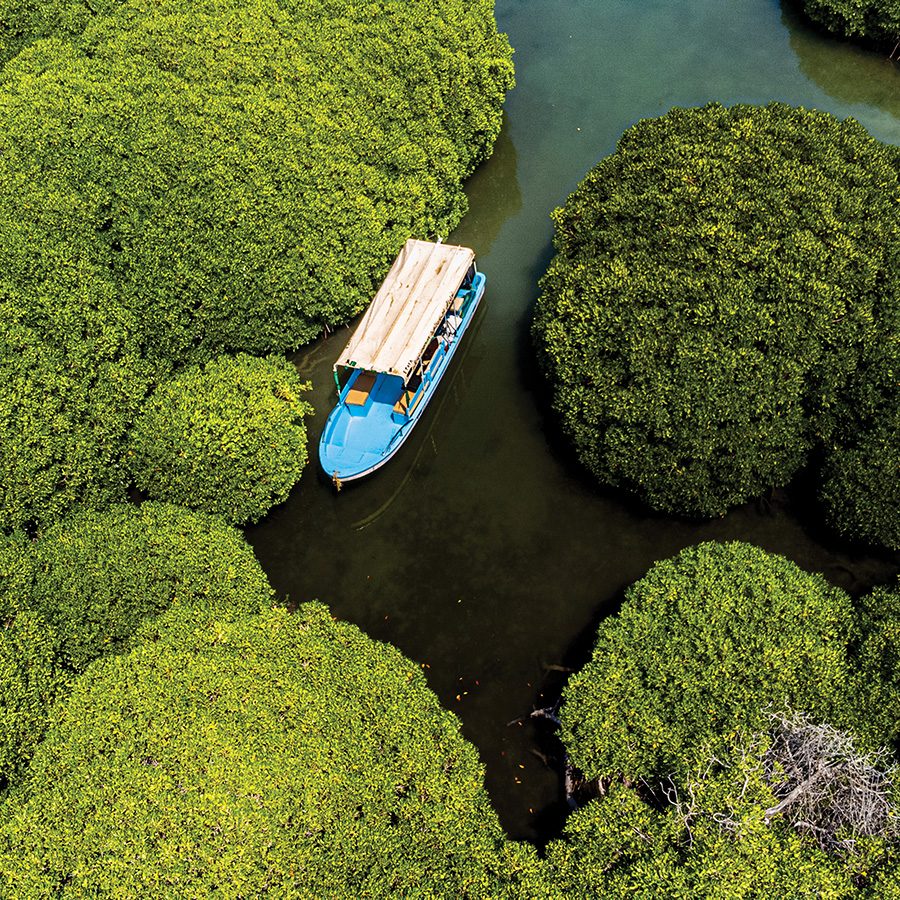
Credit: Westend61/Getty Images
9. Farasan Islands
The Farasan Islands emerge from the cerulean waters of the Red Sea like a cluster of pearls. This archipelago of more than 170 islands is a hidden paradise for divers and snorkellers, with coral reefs teeming with an astonishing array of fish, sea turtles and dolphins. The islands’ beaches are pristine stretches of white sand, lapped by gentle waves and fringed by mangrove forests. The area is also a stopover for migratory birds, including the majestic osprey and the striking pink-backed pelican.
More inspiration
Riyadh travel information
- China – the Chinese Mainland, Hong Kong SAR, Macao SAR and Taiwan Region
- Hong Kong SAR - English
- Chinese Mainland (China) - English
- Taiwan, China - English
- 香港特別行政區 - 繁體中文
- 中国內地 - 简体中文
- 中國台灣 - 繁體中文
- Africa
- South Africa - English
- Asia
- Bangladesh - English
- Korea - English
- Singapore - English
- Cambodia - English
- 한국 - 한국어
- Sri Lanka - English
- India - English
- Malaysia - English
- Thailand - English
- Indonesia - English
- Maldives - English
- ประเทศไทย - ภาษาไทย
- Indonesia - Bahasa Indonesia
- Myanmar - English
- Vietnam - English
- Japan - English
- Nepal - English
- Việt Nam - tiếng Việt
- 日本 - 日本語
- Philippines - English
- Australasia
- Australia - English
- New Zealand - English

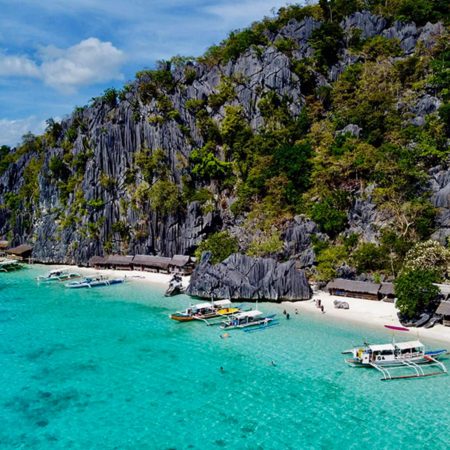




.renditionimage.450.450.jpg)

